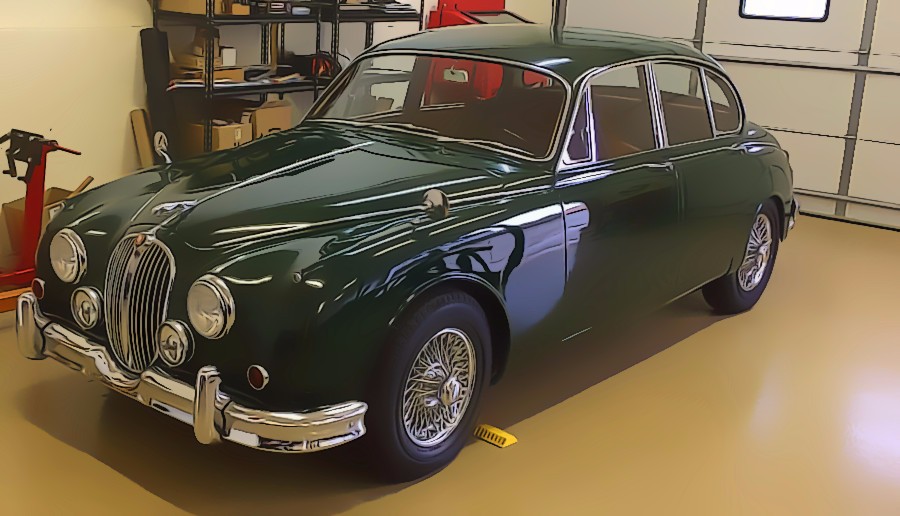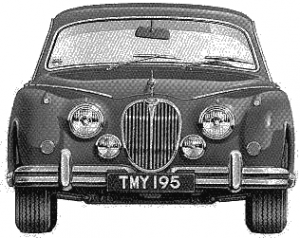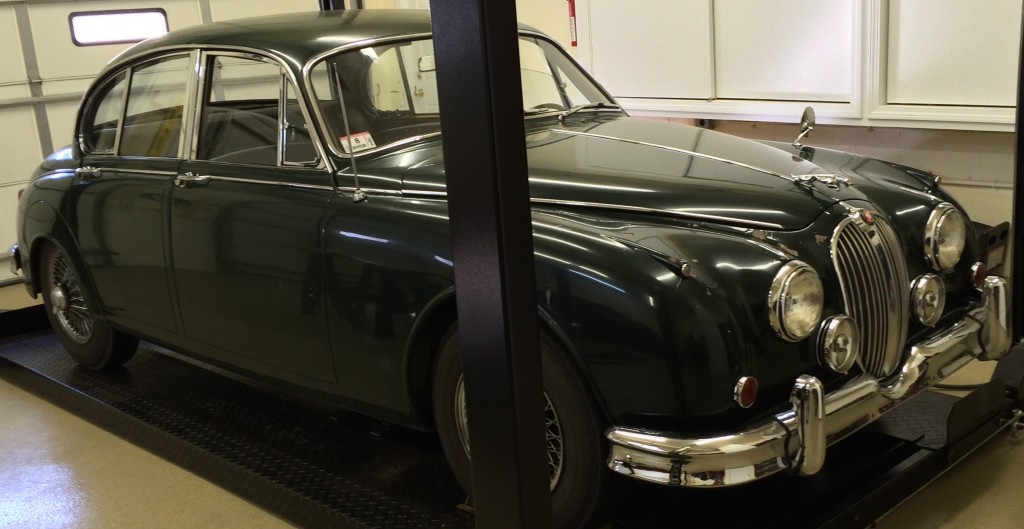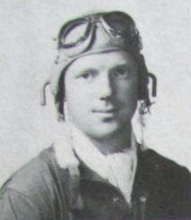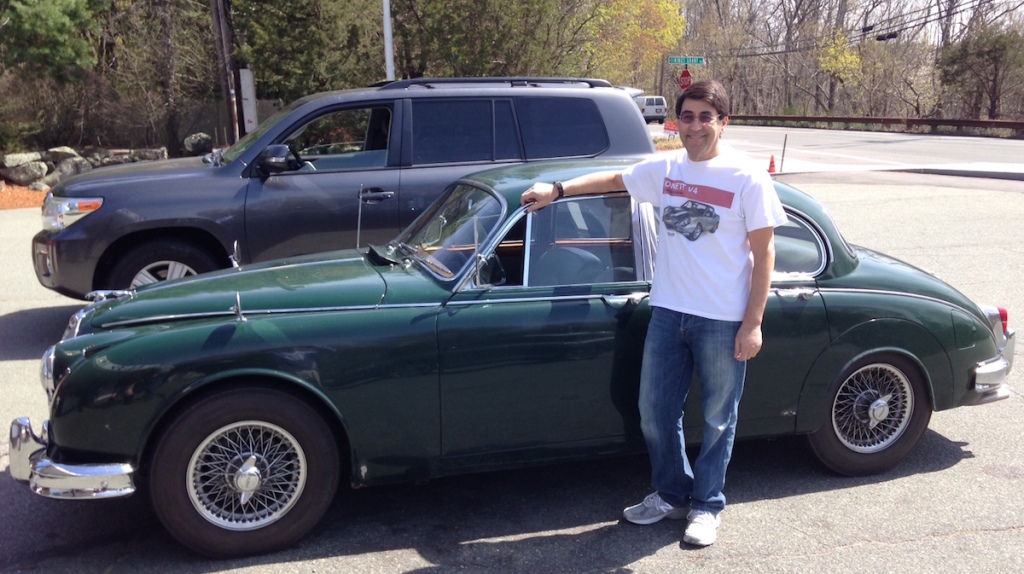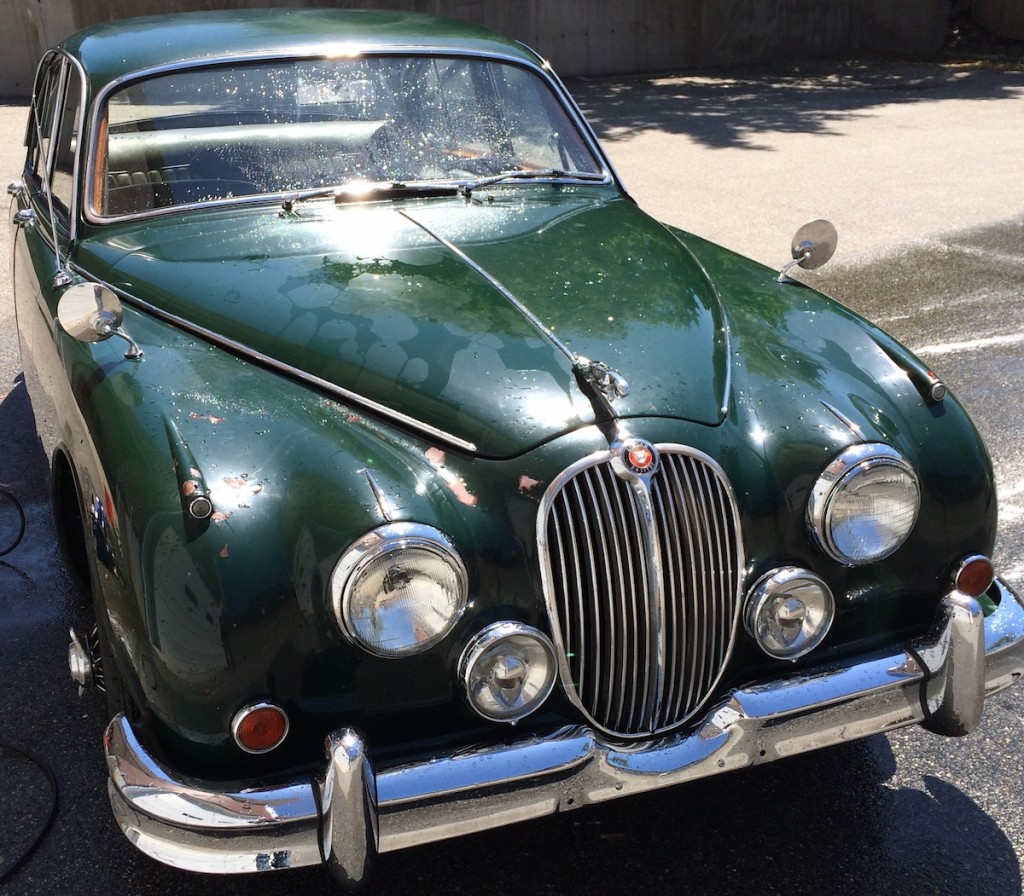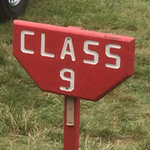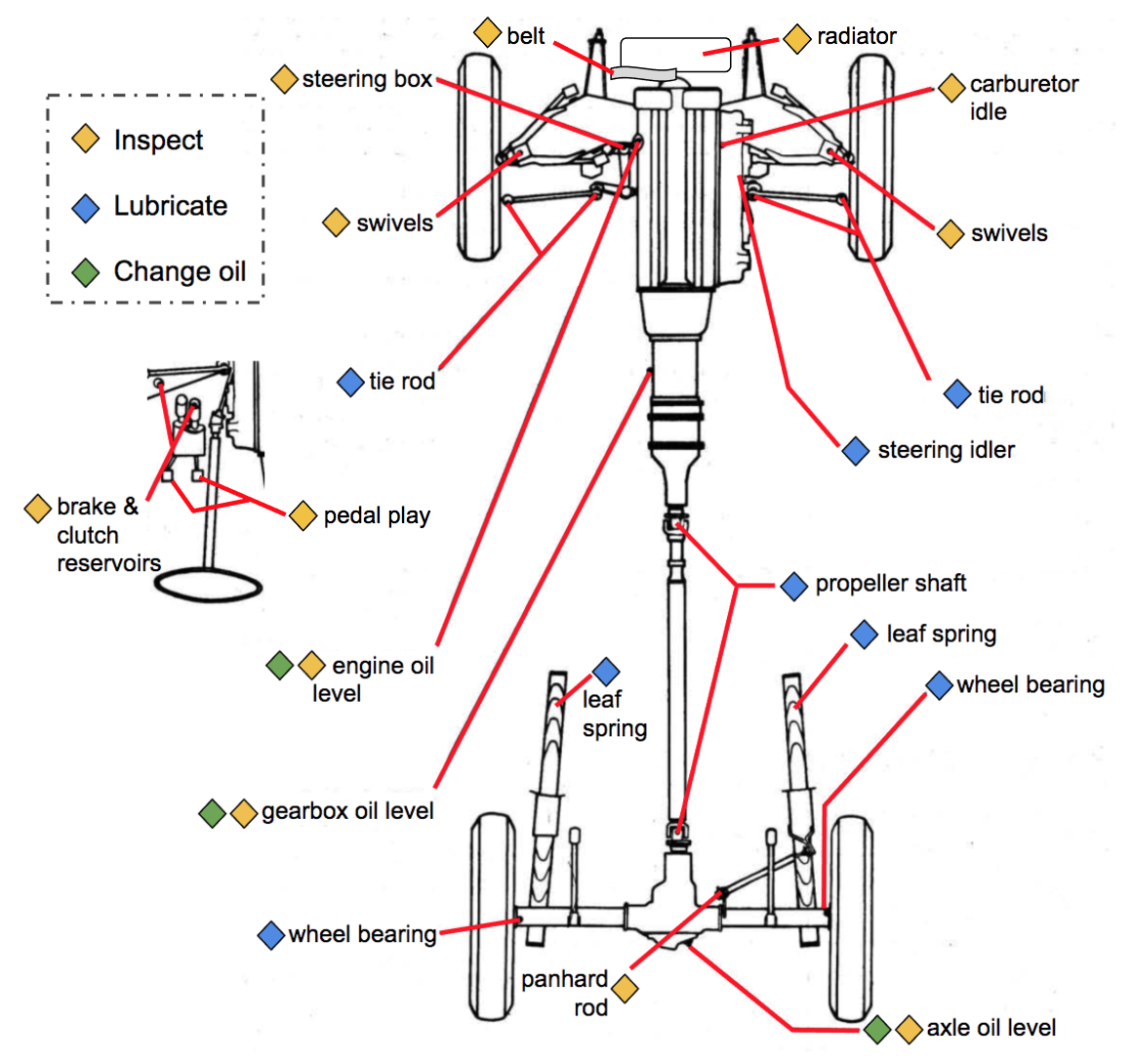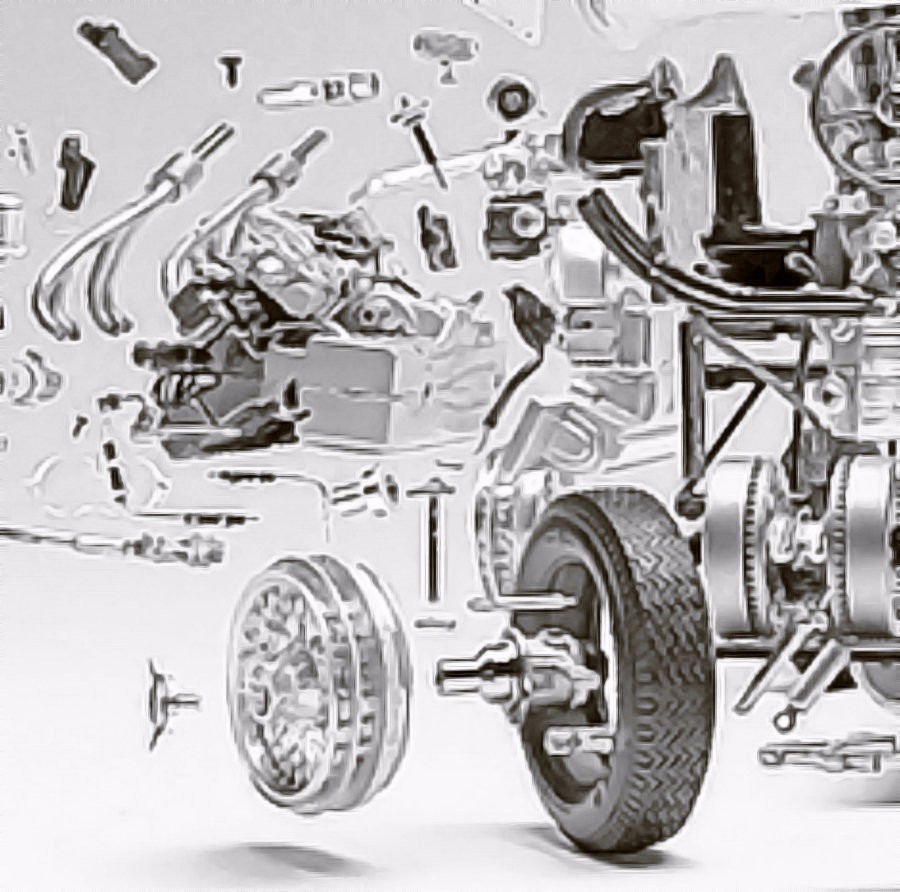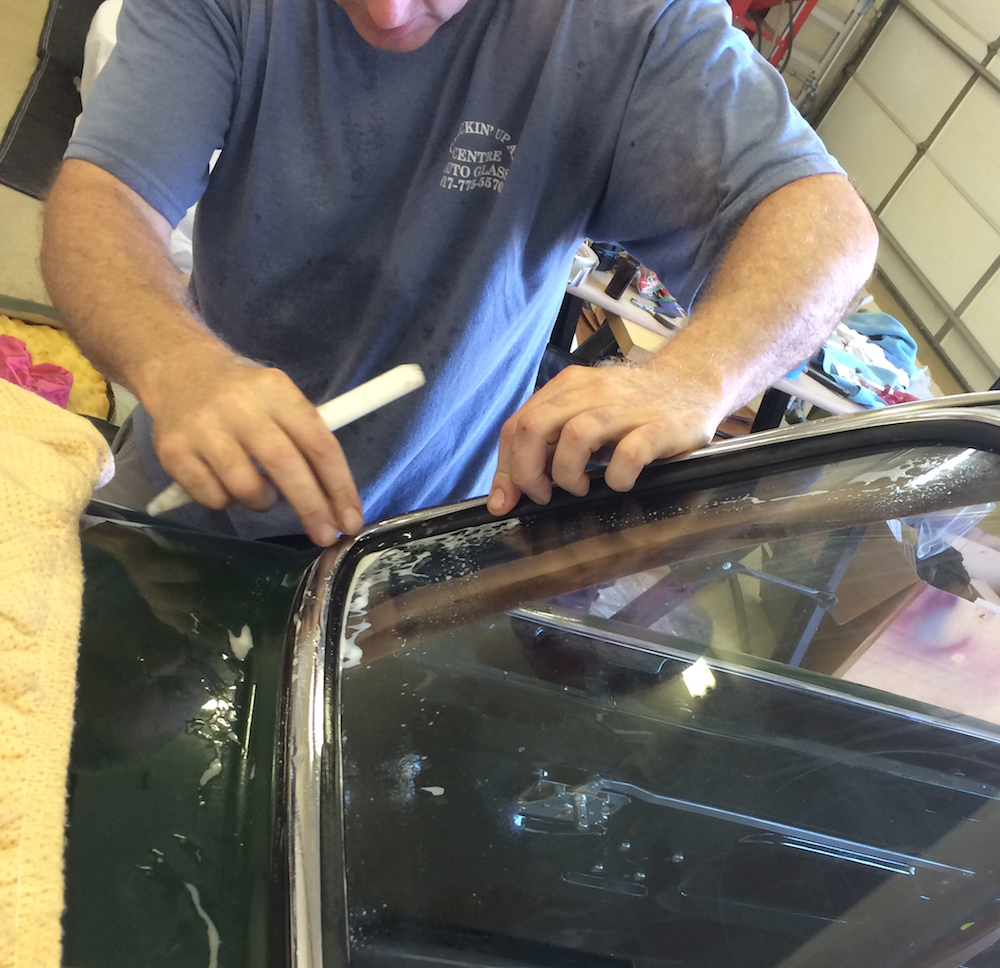This automotive reference site covers the complete restoration of a classic Jaguar saloon, the Mark II (or Mk2), in step-by-step detail with hundreds of photographs and illustrations.
FULL SITE ACCESS MEMBERSHIP PASS
For full access, purchase either a one-day ($3) or a one-year ($30) membership pass. If you already have a membership pass, please log in now.
No membership yet? Then purchase your membership pass now. Memberships do not automatically renew. If your pass expires, just purchase a new one (your log in credentials remain valid).
For support, please visit Kriss Motors.

A credit card and email address is required; all transactions are handled securely via STRIPE and HTTPS Secure Socket Layers (SSL) protocols. Your credit card information is never retained by us. The only information we keep on our servers is your email address and username (you may use your email address as your username if you wish). Your email address will never be shared with third parties – we take security and privacy very seriously. This site will always be absolutely commercial-free.
No passwords are retained by us. If you forget your password, simply reset it (a link will be sent to your email address). As part of our site access process, cookies (small bits of data) will be stored on your device. You may delete these cookies after site access if you wish; they will be re-established if you log in subsequently.
About Mk2 Restoration
This is the most comprehensive Jaguar restoration coverage available anywhere — over 500 pages and 2,750 images — based on a 1961 Jaguar Mk2 (or Mark II), one of the classic Jaguar saloon cars built between 1959 and 1967 with a 2.4 liter engine.
Organization
Disassembly loosely follows Lin Rose’s outstanding ValveChatter blog. Rather than simply repeat what Lin has already clearly presented about the Jaguar Mk2, we highlight new material, additional details, or vehicle differences.
Reference links to Lin’s site as well as Jaguar Service Manual pages and Jaguar Spare Parts Catalogue exploded views are provided when relevant.
Restoration progresses through the major mechanical systems and terminates with interior upholstery and troubleshooting.
How to navigate
There are many ways to navigate. For a broad overview, a complete Chronological listing begins with the first post on June 26, 2014 through the final completion in late 2016 (menu is only available if you have an access membership).
The Disassembly and Restoration menus display their respective posts in a format that follows the organization of the Jaguar Service Manual. The Restoration menu also has download links to wiring and CAD files.
The left column has this shortcut bar:

Click the clock symbol for a listing of the 35 most recent posts, starting with the most current one. Click the quote bubble symbol for a list of recent comments. Click the tag symbol for a content tag cloud.
The default right column view is the clock symbol, and each post is represented like this:

The top title is the category (in this example “Information”); if you click it, you’ll see a listing of all posts within that category. Below the category title is the post name; if you click it, you’ll go directly to that post.
Other external links
- classic saloon forums at Jag-Lovers.org and JaguarForums.com cover the Mk2
- SaloonData.com with owner-provided photos on 600 surviving LHD Mk2 cars (including twenty-nine 2.4 liter engine models and our car)
- Jaguar Clubs of North America
- excellent coverage of the Jaguar XK140, a cousin of the Mk2
- Phil’s 2.4 liter Mk2 restoration in New Zealand
Provenance
Knowing the ownership history of a classic car increases its value, and provides a perspective on its condition. The Mark II model was introduced to the public on October 2, 1959, and the first vehicles were sold about two months later.
Based on the chassis number and information from Jaguar Heritage, our Jaguar was dispatched from the Jaguar factory on October 11, 1960, registered in Coventry as 7213 DU, and sold to Glenn R. Smith, a U.S. Air Force staff sergeant stationed in Shefford, Bedfordshire (UK).
According to Jaguar Heritage information and written comments from a later owner, the Jaguar was handled as a Personal Expert Delivery via UK Exchange Service, shipped to the U.S., and spent the first twenty-five years or so in the West. This helps to explain why the chassis and body have so little rust.
Around 1986, the Jaguar was purchased by Richard Bohl, the proprietor of Custer Antiques in Toledo, Ohio. A prior owner remembers that Bohl obtained the car from the widow of the original owner in California or Nevada. Bohl displayed the Jaguar in his store for many months, and it was then sold to a local Toledo man in 1987. This buyer, for whatever reason, did not want the car, and it was advertised for sale again in late 1987.
Larry Erd, a Toledo car collector, traded his 1937 Kord for the Jaguar in 1987. Erd appreciated the original paint and vinyl interior (note: after a visit to Bassett’s in October 2015, we learned that the suede green vinyl seats were, in fact, inexpensive replacements for the original factory leather), and noted the rust on the jacking points. He replaced the carpets, clutch, and tail light. Some of the chrome was pitted, so several pieces, including the Jaguar hood ornament, were replaced. Erd also switched to knockoff wire wheels, and made other repairs.
After extensive detailing, Erd entered the Jaguar in various competitions and did extremely well. Between 1990 and 1993, the Jaguar placed 1st in Class 9, North Central Region of the JCNA Concours D’Elegance. Erd also earned a third place finish in the national JCNA championship. In 1990, for example, the Jaguar earned 98.75 points making it one of the finest examples in the country.
On November 16, 1993, Larry Erd sold the Jaguar to a friend, Bruce Earlin, the owner of Motoriety in Milford, Pennsylvania. At that time, the car’s odometer read 54,879 miles.
Within a year, on September 21, 1994, Earlin traded the Mark II for another classic Jaguar, a 1953 Mark VII (chassis number 718542) owned by Brett Leonard of Oak Bluffs, Massachusetts.
Leonard overhauled the engine in 1995, and subsequently sold the Mark II on December 23, 1996 to John Poduska of Belmont, Massachusetts with the mileage at 56,830. When we purchased the Jaguar in March 2014, it had 59,535 miles on the odometer. So, in the past twenty years, this Jaguar has been driven less than 5,000 miles, or an average of 200-250 miles a year! (Read more about the prior ownership history.)
Disassembly began with the odometer at 59,769 miles.
Jaguar test drive video before disassembly:
